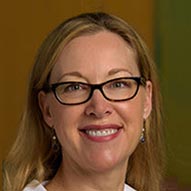Spina bifida can happen anywhere on the spine, but it is most common in the lower back. The lower it happens on the spine, the less severe a child’s symptoms will be.
The three most common types of spina bifida are:
Spina Bifida Occulta
Spina bifida occulta is the mildest and most common type of spina bifida. Many children with this condition never know that they have spina bifida. The main sign of spina bifida occulta is a dimple, patch of hair or red mark on their lower back over the spine.
Spina bifida occulta does not usually cause any disabilities. However, some children with this type of spina bifida may also have a condition called tethered cord. In this condition, the spinal cord does not move easily inside the spinal canal. Without treatment, a tethered cord can cause pain, trouble walking and loss of bladder control, which can occur at any time during your child’s growth. Tethered cord may require surgery to repair if it causes symptoms.
Meningocele
Meningocele is a rare, more severe type of spina bifida. In meningocele, the spinal fluid leaks out through the gap in your child’s spine. Sometimes, this leak can cause a small sac to emerge. This sac can cause a bulge in your child’s skin, although their nerves and spinal cord are in the right place in the spinal canal.
Myelomeningocele
Myelomeningocele is the most severe type of spina bifida and the best-known type A sac containing part of your child’s spinal cord, its covering and spinal fluid pushes through the gap in your child’s spine, creating a bulge in the skin. Children with myelomeningocele often experience loss of feeling and movement in their legs or feet, and bladder and bowel dysfunction.










